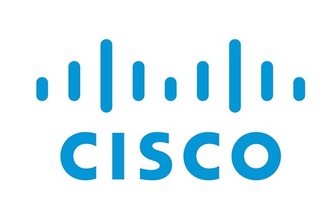Progress in WiMax and Mobile WiMax technology could be rapid, according to Samsung
Mobile WiMax could support streamed video Mobile WiMax could deliver 6Mbit/s of wireless bandwidth to notebooks, PDAs and smartphones as early as 2008, say experts, whist the 3GPP standards group...
To continue reading this article...
Join Computing
- Unlimited access to real-time news, analysis and opinion from the technology industry
- Receive important and breaking news in our daily newsletter
- Be the first to hear about our events and awards programmes
- Join live member only interviews with IT leaders at the ‘IT Lounge’; your chance to ask your burning tech questions and have them answered
- Access to the Computing Delta hub providing market intelligence and research
- Receive our members-only newsletter with exclusive opinion pieces from senior IT Leaders


















